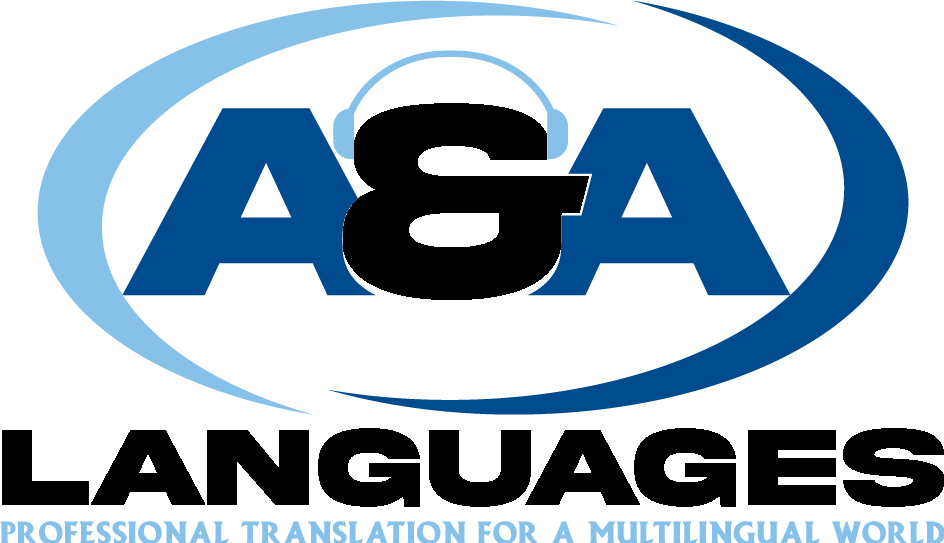Visuals play a critical role in website localization, extending beyond simply translating text to making a site feel accessible and relevant to audiences worldwide. When expanding into new regions, adapting images, icons, and design elements is as essential as translating language. Every culture has its own symbols, colors, and visual preferences, which can significantly impact how users perceive and interact with a website. For instance, colors can have vastly different meanings across cultures; while white might signify purity in one culture, it could represent mourning in another. Adapting colors to match cultural associations is a simple yet powerful way to make a site resonate with local audiences.
Imagery is another important aspect. Photos, illustrations, and icons used in one region may not always translate well across borders. For instance, a website geared toward Western audiences might show a diverse group of individuals in a modern office setting, but for users in other regions, these images might feel disconnected from local work environments. Replacing stock images with visuals that reflect local settings, people, and customs creates a sense of familiarity that can foster trust and connection. By making these adjustments, brands can demonstrate a commitment to understanding and respecting the culture of their audience, ultimately enhancing the user experience.
Even small design elements, such as icons and symbols, may need to be tailored. For example, a thumbs-up icon is universally recognized in some cultures but could carry a negative or offensive meaning in others. Adapting these details can avoid potential misunderstandings and ensure that all aspects of the site feel seamless to the target audience. Additionally, adjusting symbols and icons to align with local design norms can make the site easier to navigate, reducing any friction that might deter users from engaging with the content.
Localizing the layout is equally important. Some languages are more compact, while others are more expansive, which can affect the overall structure and flow of the site. If not properly accounted for, these differences can lead to overcrowded or sparse designs, impacting readability and usability. By adjusting the layout to fit the natural length and flow of translated content, website owners ensure that their site remains visually appealing and easy to navigate. Beyond text length, right-to-left languages, like Arabic or Hebrew, require an entirely different page structure, which impacts not only the layout but also the navigation flow, requiring careful adjustments to maintain usability.
In addition to visuals, typography can play a role in localization as well. Certain fonts are not suitable for all languages or scripts, meaning that selecting appropriate typography for each language version of a site is essential. Some fonts are optimized for Latin alphabets but become difficult to read or lose aesthetic appeal when applied to non-Latin scripts. Selecting fonts that are legible and visually pleasing for each target language helps maintain a cohesive and professional look across different versions of the site.
Finally, visuals contribute to localized SEO efforts. Optimized images with localized file names and alt text help improve a website’s search visibility in different regions. This way, visual localization not only enhances the user experience but also increases the chances of a site appearing in search results tailored to local audiences. When visuals are carefully adapted to align with the cultural, linguistic, and aesthetic preferences of each target audience, they transform a website from a generalized online presence into a truly global platform, capable of resonating deeply with users around the world.
